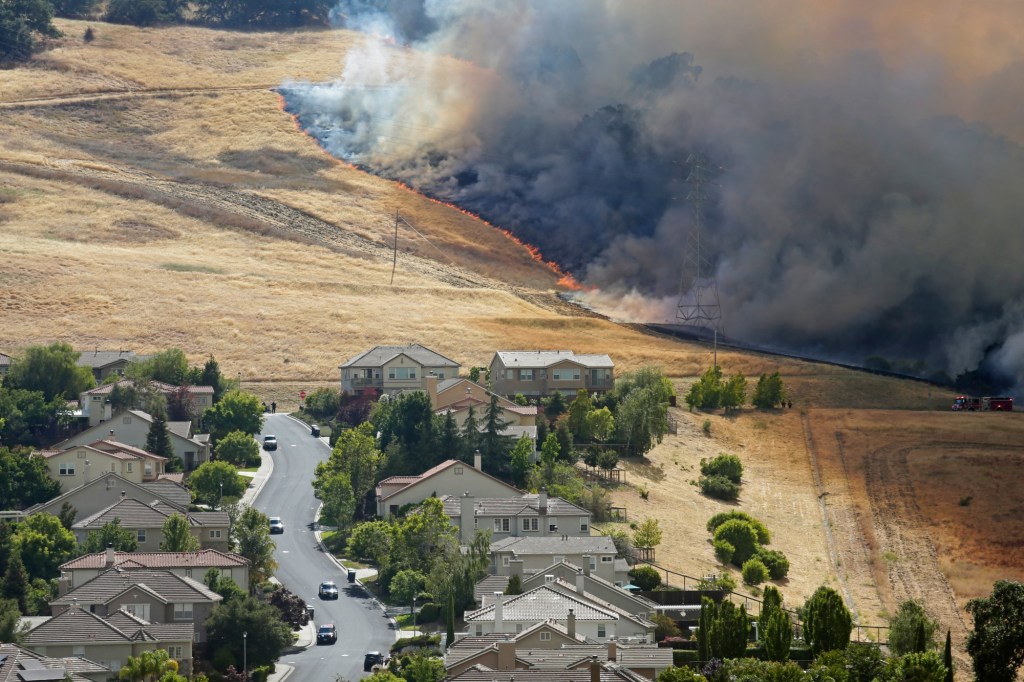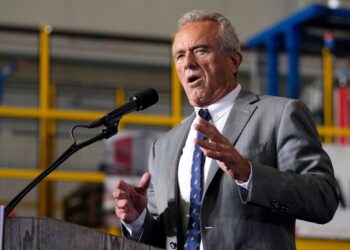In an effort to staunch the exodus of home insurers fleeing the state, California Insurance Commissioner Ricardo Lara on Thursday unveiled a proposal for letting those insurers use computer models of possible future catastrophes to justify rate increases.
The plan is part of yearlong effort to overhaul regulations and ease the insurance market crisis in the wildfire-stricken state.
Insurers use catastrophe models to calculate rates in every other state, but California has instead required the companies to use only historic loss experience based on the past 20 years. Insurers say that keeps them from pricing the growing risks from a warming climate into policies. In recent years, many insurers have stopped offering new coverage and dropped customers in wildfire risk areas, forcing them to buy bare-bones, last-resort policies at two or three times the cost.
“We can no longer look solely to the past as a guide to the future,” Lara said in a statement Thursday. “My strategy will help modernize our marketplace, restoring options for consumers while safeguarding the independent, transparent review of rate filings by Department of Insurance experts, which is a bedrock principle of California law.”
The second-term elected commissioner has been in a political vice as a growing number of homeowners in and around wildland areas face soaring premiums and cancelled coverage due to escalating wildfire losses. The state has experienced 14 of the state’s 20 most destructive wildfires over the past 10 years. It has only aggravated the state’s worsening problems with housing affordability, a top voter concern.
Consumer advocates behind the 1989 Proposition 103 voter initiative that set the state’s current insurance regulatory framework have criticized computer modeling as proprietary “black box” formulas that amount to fancy risk estimates insurers would use to drive unwarranted rate hikes.
Consumer Watchdog founder Harvey Rosenfield, Proposition 103’s…
Read the full article here







